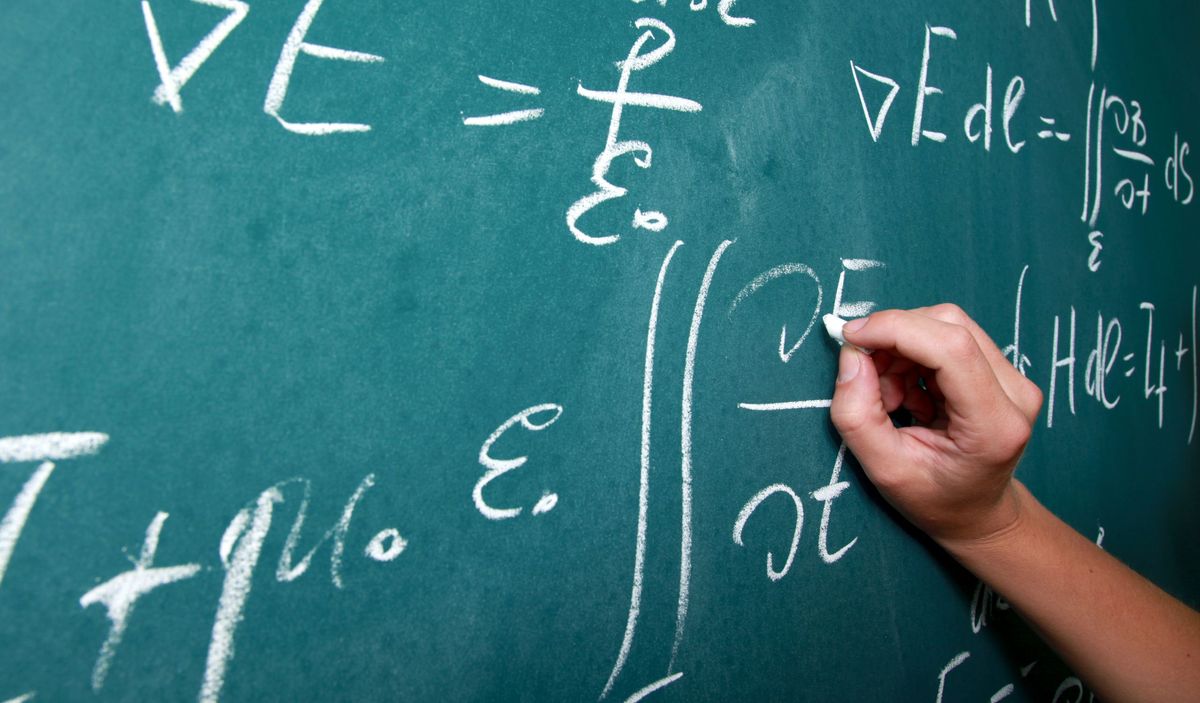Calculus, a fundamental branch of mathematics, provides powerful tools for analyzing functions and understanding their behavior. One essential concept in calculus is that of critical points, which play a significant role in determining a function's behavior, extrema, and other crucial characteristics. This article will delve into the world of critical points, exploring their definition, classification, and various methods for finding them. Whether you're a student striving to master calculus or a curious mind seeking mathematical insights, join us as we unlock the secrets of critical points in a professional, yet friendly and accessible manner.
Classification of Critical Points:
Critical points can be classified into three categories based on their properties and significance. Let's take a closer look at each type:

- Maximum Points: A critical point is classified as a maximum point if it represents the highest point in a specific region of a function's graph. At a maximum point, the function changes from increasing to decreasing, creating a local peak. The slope of the function at a maximum point is zero, and the second derivative test can help determine if it is a relative maximum or an absolute maximum.
- Minimum Points: Similarly, a critical point is labeled as a minimum point if it represents the lowest point in a particular region of a function's graph. A minimum point is characterized by the function changing from decreasing to increasing, forming a local valley. The slope of the function at a minimum point is zero, and the second derivative test aids in distinguishing relative and absolute minimum points.
- Inflection Points: Unlike maximum and minimum points, inflection points do not exhibit extreme values; instead, they mark where the function's concavity changes. At an inflection point, the function transitions from being concave upward to concave downward or vice versa. The function's second derivative can be used to identify these critical points.
What is a Critical Point of a Function?
To comprehend critical points fully, let's establish a clear definition:
A critical point of a function refers to a specific input value within the function's domain, where the derivative either does not exist or is equal to zero. Critical points are crucial as they can indicate potential extrema or points where the function's behavior changes significantly.
Critical Point of a Function Definition:
Mathematically, a critical point of a function f(x) occurs when the derivative of the function, f'(x), is equal to zero or undefined. Symbolically, we can represent a critical point as follows:
f'(x) = 0 or f'(x) is undefined
At a critical point, the function may have a relative maximum, relative minimum, or an inflection point.
Critical Values of a Function:
While critical points represent input values, critical values correspond to the output values of a function at its critical points. These critical values aid in determining the behavior of the function, especially in relation to extrema.
Finding Critical Points
- First Derivative Test: Using the first derivative test, we can find critical points by locating the input values where the derivative of the function equals zero or is undefined. These points are potential candidates for extrema or inflection points.
- Second Derivative Test: The second derivative test is employed to further examine the nature of critical points found through the first derivative test. By analyzing the sign of the second derivative at each critical point, we can determine whether it corresponds to a maximum, minimum, or inflection point.
- Critical Points in Multivariable Functions: In the realm of multivariable functions, the process of finding critical points becomes more intricate. Here, the gradient vector plays a central role. Critical points are identified as the points where the gradient vector is either zero or undefined. Analyzing the Hessian matrix allows us to discern the nature of these critical points, whether they represent local extrema or saddle points.
Critical Points on a Graph
Once we have obtained the critical points, we can locate them on the graph of the function, providing valuable insights into the behavior of the function.
- Visual Analysis: Graphical representations allow us to observe the critical points visually. By examining the local maximum and minimum points or points of inflection on the graph, we can gain a deeper understanding of the function's properties.
- Plotting Software: Leveraging technology, we can utilize plotting software to visualize the function's graph and accurately pinpoint the critical points. These tools enable us to zoom in on specific regions, making the identification of critical points more precise and convenient.
Conclusion
Critical points serve as key indicators in function analysis, unveiling valuable information about extrema, inflection points, and changes in concavity. By understanding their classification, definition, and methods for finding them, we equip ourselves with powerful tools to unravel the mysteries of functions. So, venture forth with confidence, armed with the knowledge of critical points, as you explore the fascinating world of calculus and its countless applications.

Frequently Asked Questions (FAQs) about Critical Points in Calculus:
What are critical points in calculus?
Critical points in calculus are specific input values within a function's domain where the derivative is either zero or undefined. These points are crucial for analyzing a function's behavior, identifying potential extrema, and recognizing changes in concavity.
How are critical points classified?
Critical points can be classified into three categories: maximum points, minimum points, and inflection points. Maximum points represent local peaks, minimum points indicate local valleys, and inflection points mark where the concavity of a function changes.
How can I find critical points?
There are several methods for finding critical points. One common approach is using the first derivative test, which involves finding input values where the derivative of the function is zero or undefined. The second derivative test can then be employed to determine the nature of these critical points further.
What do critical values represent?
Critical values correspond to the output values of a function at its critical points. These values are crucial for understanding the behavior of the function, particularly in relation to extrema.
How do critical points relate to graph analysis?
Critical points provide valuable insights when analyzing a function's graph. They help identify local maximum and minimum points as well as points of inflection, allowing us to understand the function's properties and behavior more intuitively.






